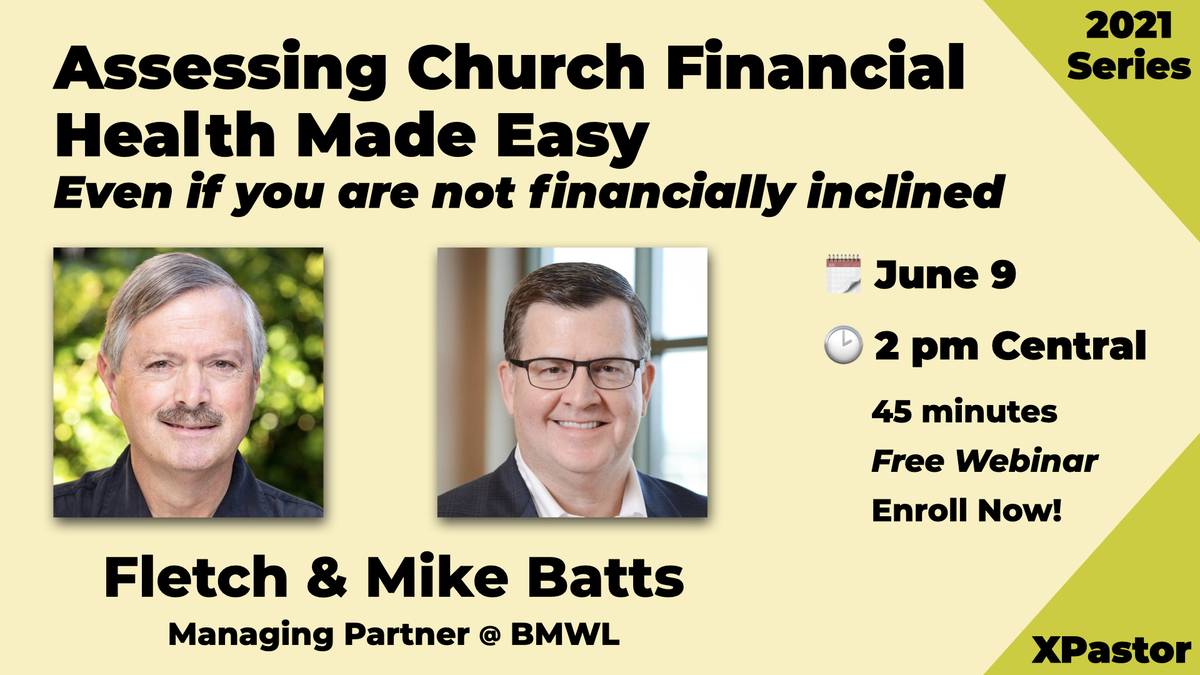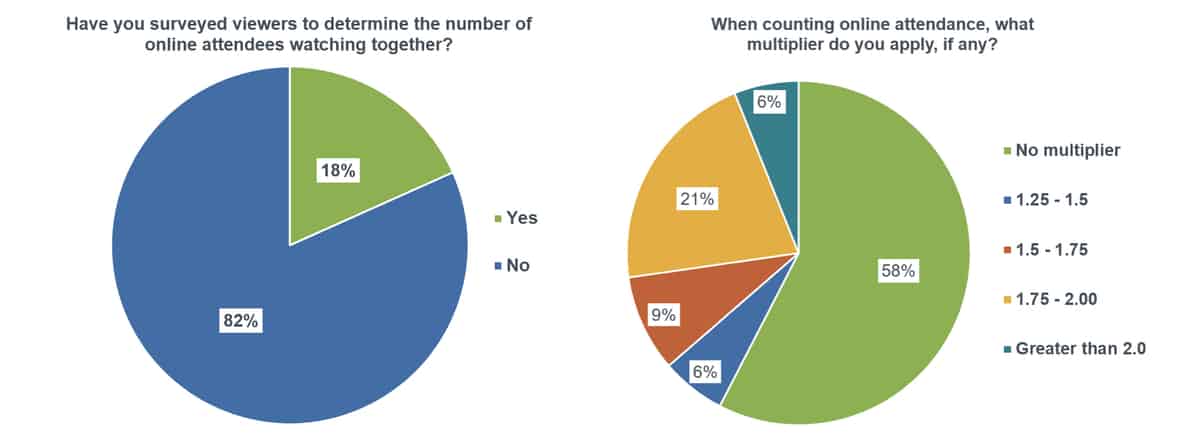Monday, October 1, 2018
Hey Fletch … Thanks for your answer to my designated funds question. Let me submit another question. Someone brought an article today with the ideas of “restricted” and “designated” funds. The gist of the article is that restricted should be by resolution of the church and is just as the name implies: restricted for a particular reason, such as an Annie Armstrong offering. Where I am confused is if the church indicates that the designated money is under the control of the church and not the donor, then the church can redirect the money in the best interest of the church.
An example was given: Donor A gives $5,000 and designates the money to the children’s ministry. The church needs to replace a portion of a roof, so the leadership can use the money for the roof because it is in the “best interest” of the church. They suggested the offering envelopes and the church policy state that the donor understands the “church as sole control of the disbursements of designated monies.” This is not what I have previously understood about designated giving. I certainly do not want to suggest to our finance team, leaders, or church anything that is not appropriate or in accordance with any federal regulations that may be out there and I don’t know about.
DRF—Your question gets the challenge of designated money. We commonly call these “designated funds,” but the technical terms are “internally restricted” and “externally restricted.”
“Internally restricted” funds are those that the church sets aside for a specific purpose. This might be for a future capital improvement, such as a new roof. Since the church has made the restriction, it can later change the use of those funds. For example, the church board sets aside funds for a new roof in four years, but the air conditioner needs replacing. Since the church board made the restriction, it can change it.
“Externally restricted” funds must follow the intent of the donor. That word, “intent,” is the challenge. Let’s take your example of the $5,000 gift that is externally restricted for children’s ministry. The donor desires the funds to go for children’s ministry, stated the purpose in a letter or check, and the church is required to only spend those funds for children’s ministry. The church has freedom to spend the funds in any aspect of children’s ministry—staff salaries and benefits, materials, renovations or other children’s ministry expenses.
A church can publicly announce its policy of redirecting externally restricted funds. Let’s say that funds are being collected for disaster relief after a hurricane. If the redirection policy is publicized, the church can apply the money to another project. The issue is this: Did the donor know about possible redirection and have the opportunity to withdraw the donation?
Suppose that a year after a $100,000 donation for a building renovation, a donor learned that $25,000 of that donation went towards staff salaries. The church might say, “that policy was stated on the offering envelope.” The donor might reply, “I had my bank send in the check and never used the offering envelope. Since I wasn’t reasonably informed of the policy, I demand that the $25,000 be used for the building renovation.”
If you want the possibility of redirecting externally restricted gifts, the cleanest way would be to inform each donor in a special letter after each donation.
Externally restricted donations are complicated. They allow the donor to be in the driver’s seat. Once you accept a restriction, it can be hard to get the steering wheel back!











